Another question, this time from a very young, aspiring pilot:
What are the parts of a plane? I want to fly a plane one day and don’t know what the parts are very good.
Adam, Austin, Texas, Seven years old
Adam, I guess you want to know the parts on the outside of a plane. If I am wrong, write back to us, and I will explain the parts inside a plane.
The picture below comes from Smart Flight Training. The website hasn’t been updated since 2016, but it’s a great source of information.

When you start your flight training, you will learn lots of new terms and phrases. You’ll be expected to know what those terms refer to in relation to your airplane.
Wings, tail, engine, etc. are pretty easy to remember, but there are many new terms that you may not be familiar with. Such as:
| Fuselage | Empennage |
| Spinner | Aileron |
| Horizontal Stabilizer | Vertical Stabilizer |
| Cowl | Cockpit |
And other words that you may know but that mean something different in relation to aircraft:
| Trim | Strut |
| Elevator | Rudder |
| Beacon | Flap |
| etc. |
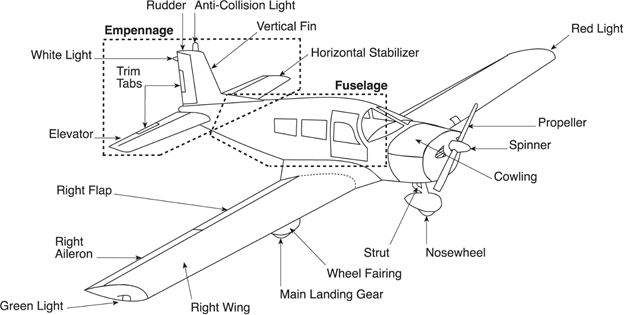
With that in mind, let’s take a look at all the parts of an airplane that you’ll need to know. We’ll also discuss a little bit about what they do and how they work.
Fuselage
The fuselage (sounds like “moose-ah-lodge”) is the main body of the airplane. The wings, tail, and landing gear are attached to the fuselage. Basically, it holds everything else together as well as containing the passengers and baggage.

Empennage
The empennage (sounds like “hemp-a-nudge”) is what is colloquially known as the “Tail” of an airplane – the entire tail section. The tail section (empennage) actually consists of multiple parts:

- Vertical Stabilizer: the “up and down” (vertical) part of the tail, to which the rudder is attached
- Rudder: The rudder is a “control surface” which moves side-to-side, controlling the airplane’s “yaw.” Similar to the rudder of a boat.
- Rudder Trim Tab: Most likely, your training airplane will not have rudder trim, or will have a “fixed” rudder trim tab. A fixed rudder trim tab can only be adjusted while the plane is on the ground. A fixed tab should only be adjusted by a qualified aircraft mechanic (see picture below).


- Horizontal Stabilizer: The “side-to-side” (horizontal) part of the tail, to which the elevators are attached. Sometimes referred to as the “tail wing” (interestingly, this is not an incorrect term).
- Elevator: The elevator is a “control surface” which moves up-and-down, controlling the airplane’s “pitch” (whether the nose is pointed up or down). There are generally two elevators, one on each side of the vertical stabilizer. Each elevator is connected to one of the horizontal stabilizers, which are located on each side of the vertical stabilizer. Both elevators move the same direction when moved.
- Elevator Trim Tab: The elevator trim tab is a small portion of the elevator that is a control surface in and of itself. It is moved by a wheel or crank in the cockpit of the aircraft, and allows the pilot to “set” the elevator position. Think of it as “cruise control” for the airplane, as it can be set to a specific airspeed or pitch. Once set, the airplane will always try to return to this setting when disturbed (by the pilot or atmospheric conditions). See picture, below.


Cockpit
The cockpit is simply where the pilot sits. It has all the controls to move and adjust the control surfaces (which include the rudder, elevators, ailerons, flaps, and trim), as well as flight instruments. Flight instruments are like the speedometer and tachometer in your car: they give the pilot important information about what the plane is doing and where it is going. Communication and navigation radios are also found in the cockpit. You will learn all about the stuff in the cockpit of your specific training aircraft. The cockpit is sometimes called the “Flight Deck” (especially on larger aircraft).

Wings
Wings are pretty self-explanatory and easy to recognize. They stick out from the fuselage to each side of the airplane. An airplane’s wings hold some of the plane’s control surfaces (ailerons and flaps, to be specific). They also hold fuel tanks and some instrument system parts, such as the pitot tube and stall sensor. Depending on whether your airplane is a high-wing or low-wing, it may support your main landing gear or have a strut. The front (round) part of the wing is called the “Leading Edge,” and the back (pointy) part of the wing is called the “Trailing Edge.”

Aileron
The ailerons (pronounced “ale-er-ons”) are control surfaces that are attached to the wings of the airplane. They live on the outer portion of the trailing edge of each wing, and there are two of them. They move up-and-down, and always move opposite in relation to each other (if the right aileron moves up, the left aileron moves down). They control the “bank” or “roll” of the airplane. The airplane “banks” or “rolls” when it turns and “leans” into the turn, sort of like when you are riding a bicycle.

Flap
The flaps are also attached to the trailing edge of the wings, one on each side, just like the ailerons. Flaps, though, are “inside” – closer to the fuselage – if they exist at all. Flaps can be extended or retracted. They can also be “partially extended,” which just means that they are not “fully extended.” They are used to generate extra lift (and they also create A LOT of drag), and are usually only used on landing. Sometimes, you will use flaps when you are doing certain maneuvers in flight. They are also sometimes used on takeoff in very specific situations. They are generally electrically or manually driven on training aircraft (they are often hydraulic on large aircraft).
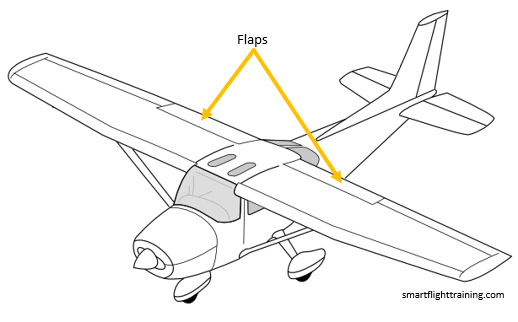
Strut
Most high-wing airplanes have a strut, which is really just a support for the wing. It is used to save weight (and headroom in the cockpit), since having a spar strong enough to support the entire length of the wing requires thicker, stronger, and heavier metal throughout the entire length of the wing (from wingtip to wingtip). The strut simply attaches to the fuselage (usually in front of and near the bottom of the cockpit door) and the wing itself, somewhere about 1/3 of the way out or so from the fuselage.

Propeller
The propeller is out on the nose of the aircraft, in front of the engine. It spins around (clockwise if you are looking at it from inside the cockpit), and generates thrust, which “propels” the aircraft forward – hence its name. Think of it as a rotating wing, because, well, that’s actually what it is. Not shown in the images, but see the picture below.

Spinner
The spinner is the cone-shaped cover in the center of the propeller. It reduces drag and protects the hub at the center of the propeller.

Powerplant
This is just another term for the engine. It produces power to turn the propeller and create electricity to charge the battery and run the electronic instruments and communication / navigation (com/nav) radios.
Cowl
The cowl is the part of the fuselage that covers the engine. Think of it like the hood of your car, only for your airplane. Also called “cowling.”

Beacon
Most airplanes have a “rotating beacon” (actually, these days it is usually a flashing beacon), that is simply a red light – usually at the top of the vertical stabilizer – that flashes, pulses, or blinks. The beacon is the first electric device turned on before starting the engine and the last one turned off after shutting down the engine. Pilots and “in the know” airport visitors see a flashing beacon as a warning that an airplane is about to start its engine or move on the tarmac. There are a few other lights on an airplane, including wingtip strobes, navigation (nav) lights – also on the wingtips – and the back of the empennage, landing lights & taxi lights, etc.

These are the parts of an airplane that you will need to know. Knowing these terms will help you make sense of upcoming lessons and information. It will also make it easier for you to decipher the language a pilot speaks. There are other, smaller parts that you will learn more deeply as you continue through your training. All these terms may seem like a lot to learn. I promise that learning them, using them, and hearing them will make you fluent in “pilotspeak.”
Do you have a question about flying, sailing, or SCUBA diving? Send your question using the form below!
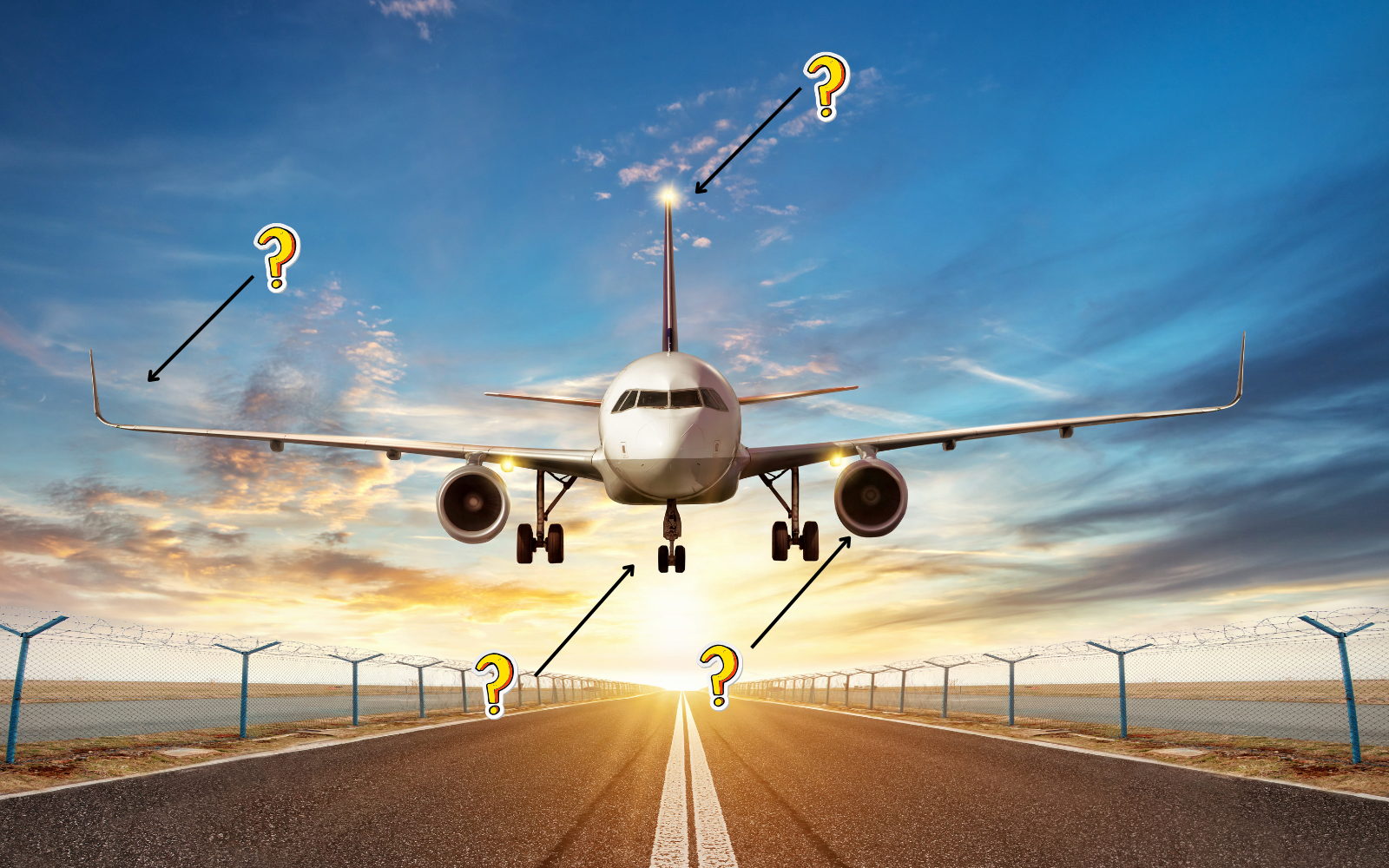
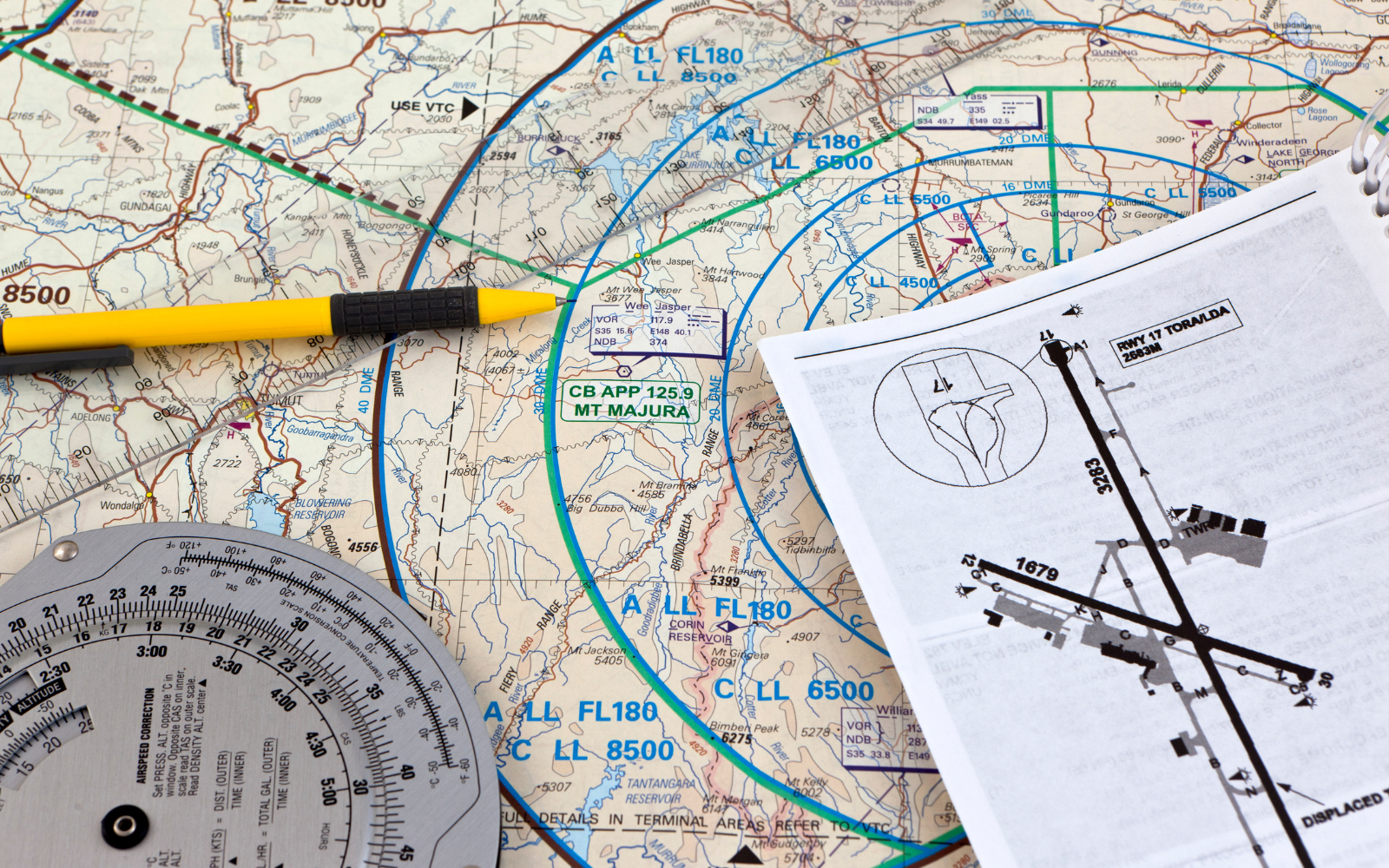
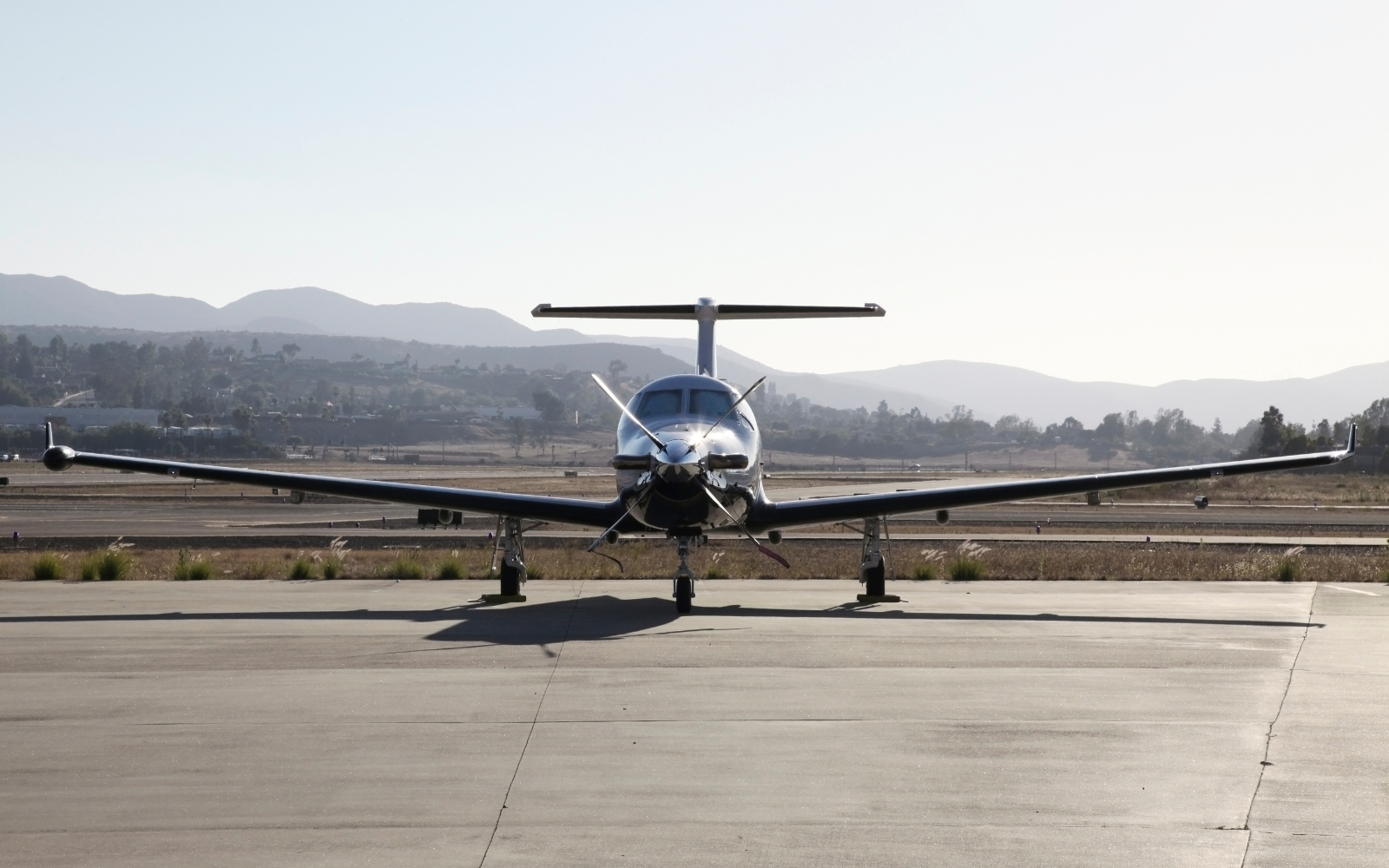
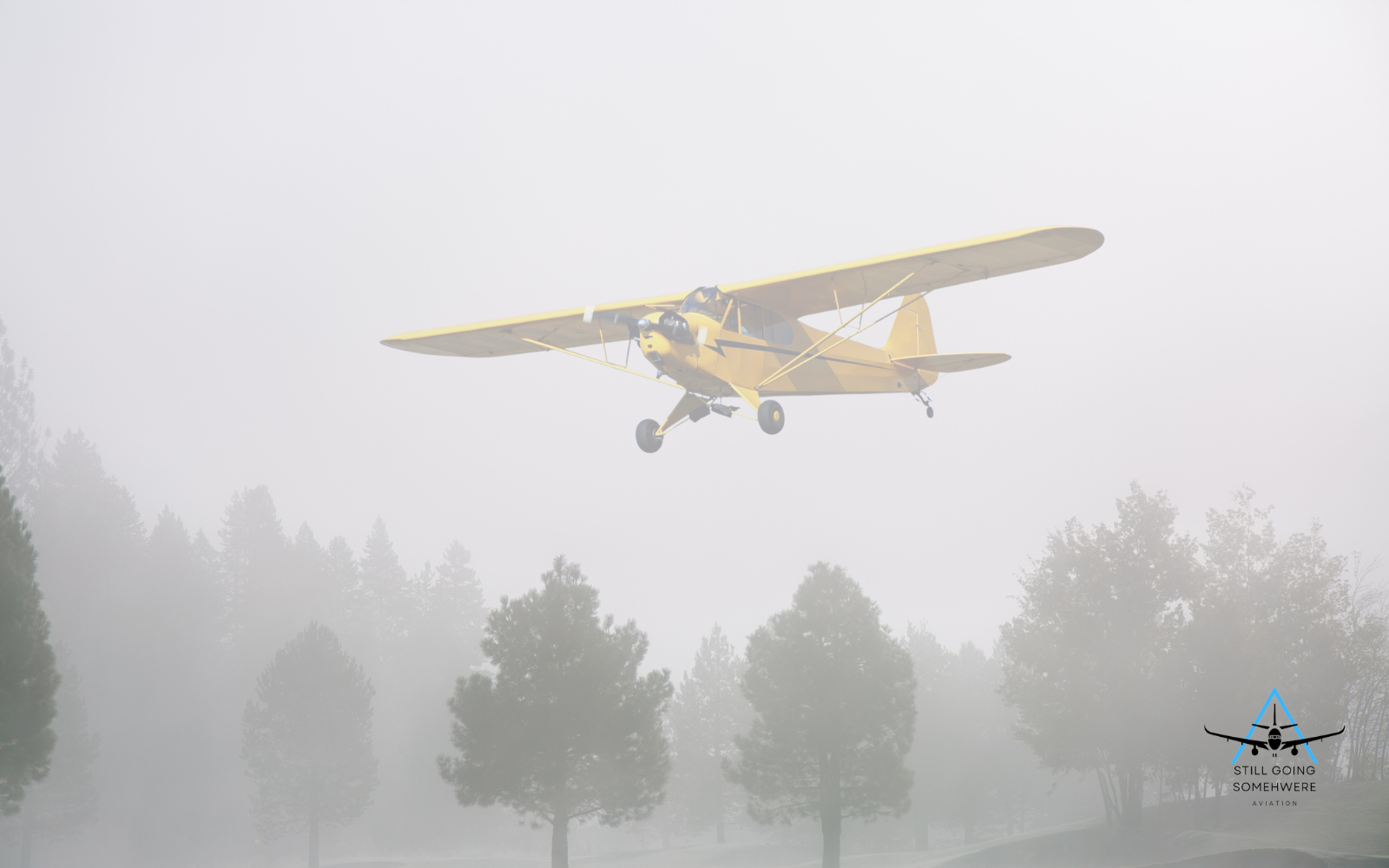
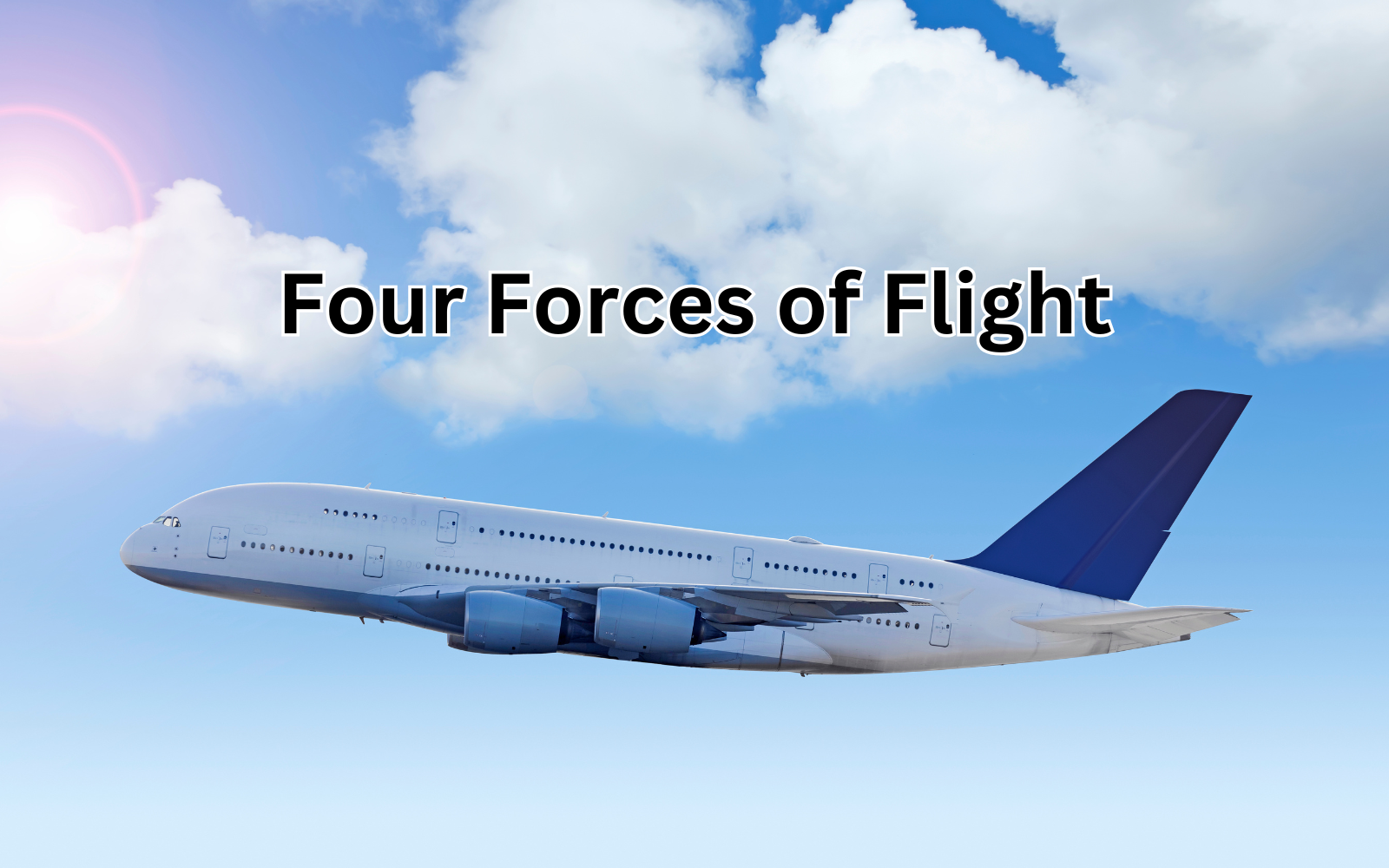

Leave a Reply